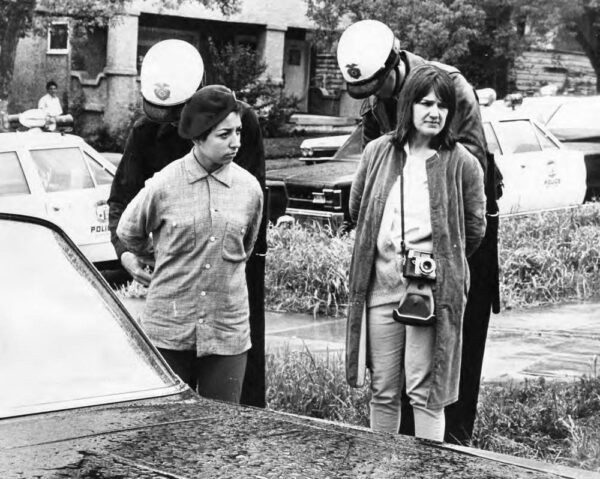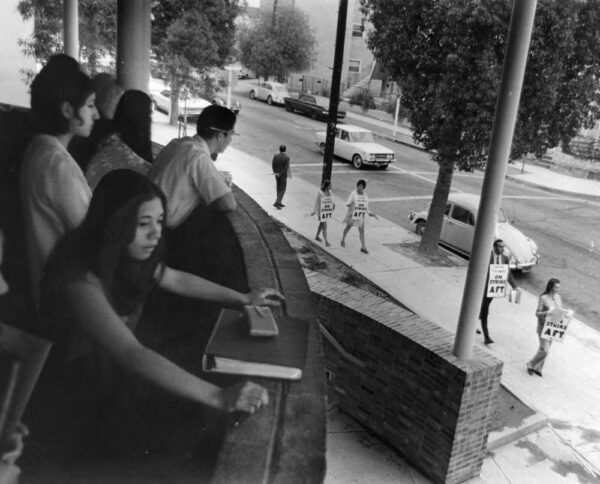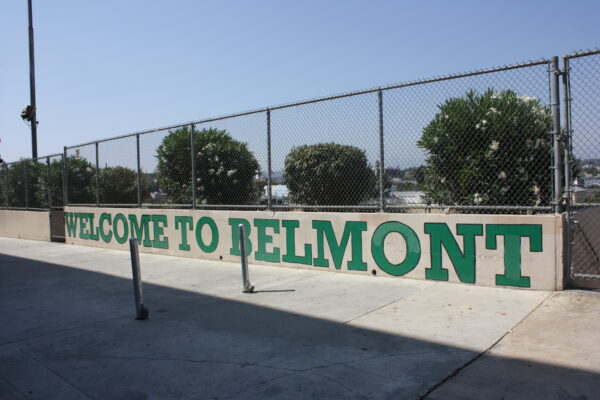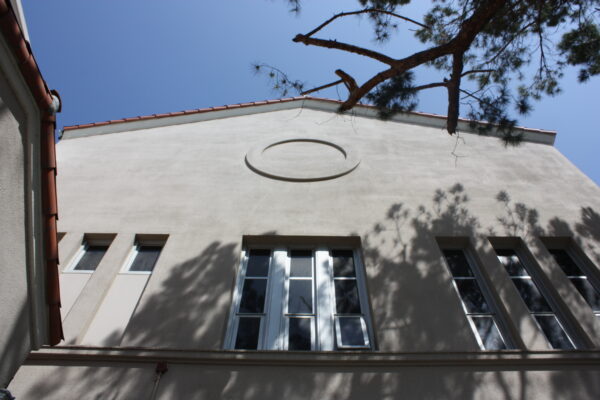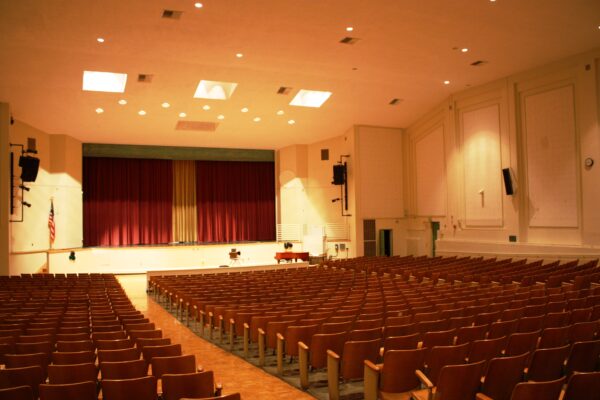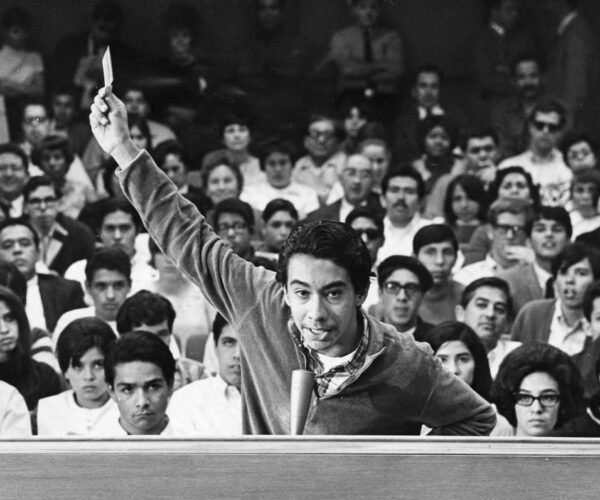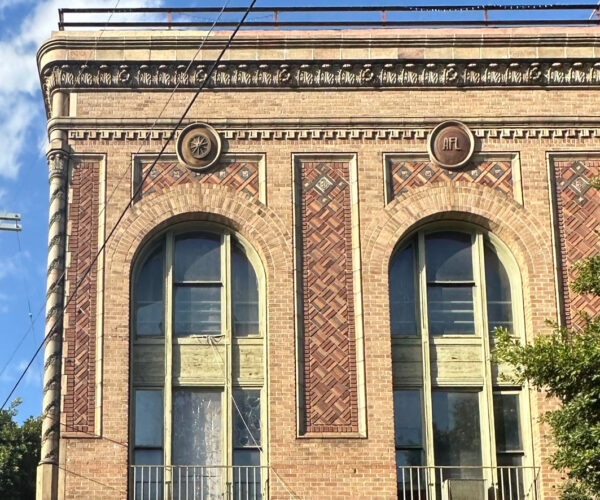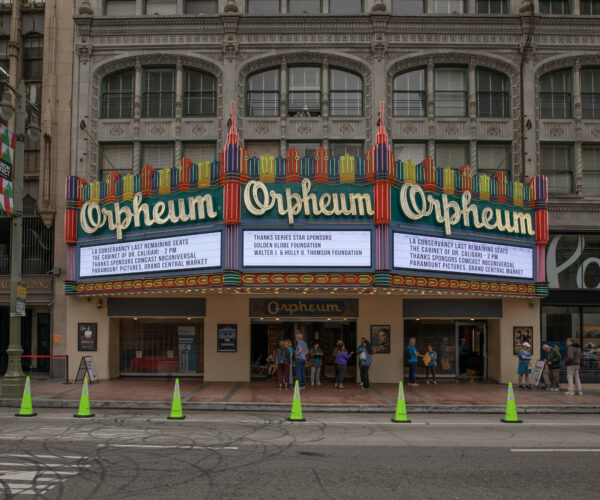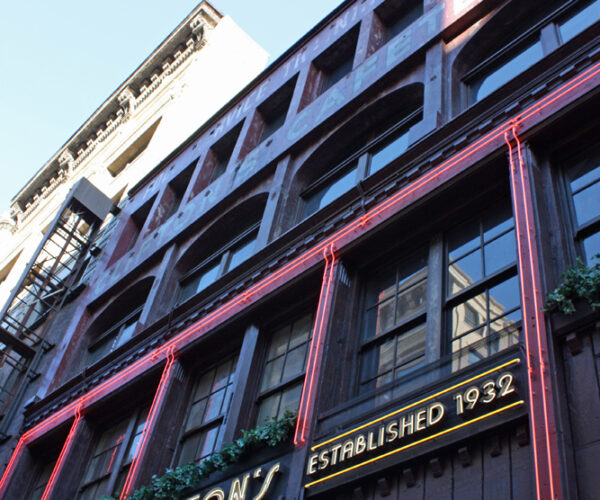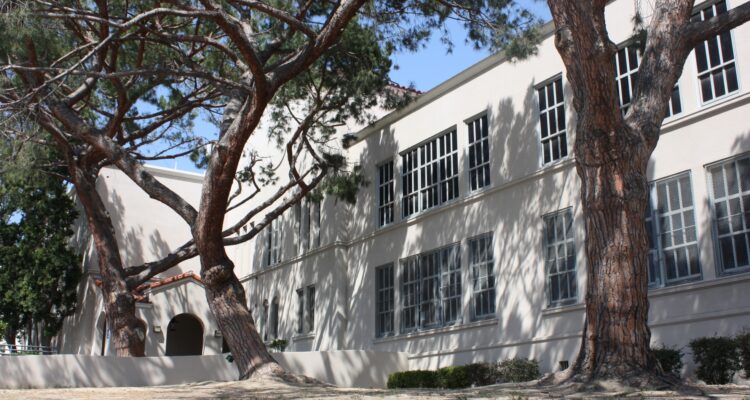
Place
Belmont High School
Belmont High School garnered national attention for the role it, along with four other Los Angeles high schools, played in the East L.A. Chicano Student Walkouts (Blowouts) of March 1968. In the 1990s, Belmont High was one of the nation's largest schools with over 5,000 students.
Place Details
Address
Get directions
Architect
Year
Style
Designation
Property Type
Belmont High School opened in 1923 in the Westlake neighborhood of Los Angeles. The 14.7 acre campus is bordered by West Second Street and Beverly Boulevard on the north and south, and by Loma Drive and Witmer Street on the west and east.
In the 1990s, the school was one of the most crowded in the district with student enrollment over 5,000, making it California’s largest high school. By the mid-2000s, the high school saw its enrollment decline due to a district-wide building campaign and restructuring of area schools into small learning communities.
Belmont High School garnered national attention for the role it, along with four other Los Angeles high schools, played in the East L.A. Chicano Student Walkouts (Blowouts) of March 1968.
In 2018, the National Trust for Historic Preservation included the five Walkout schools, including Belmont High School, on America's 11 Most Endangered Historic Places list.
